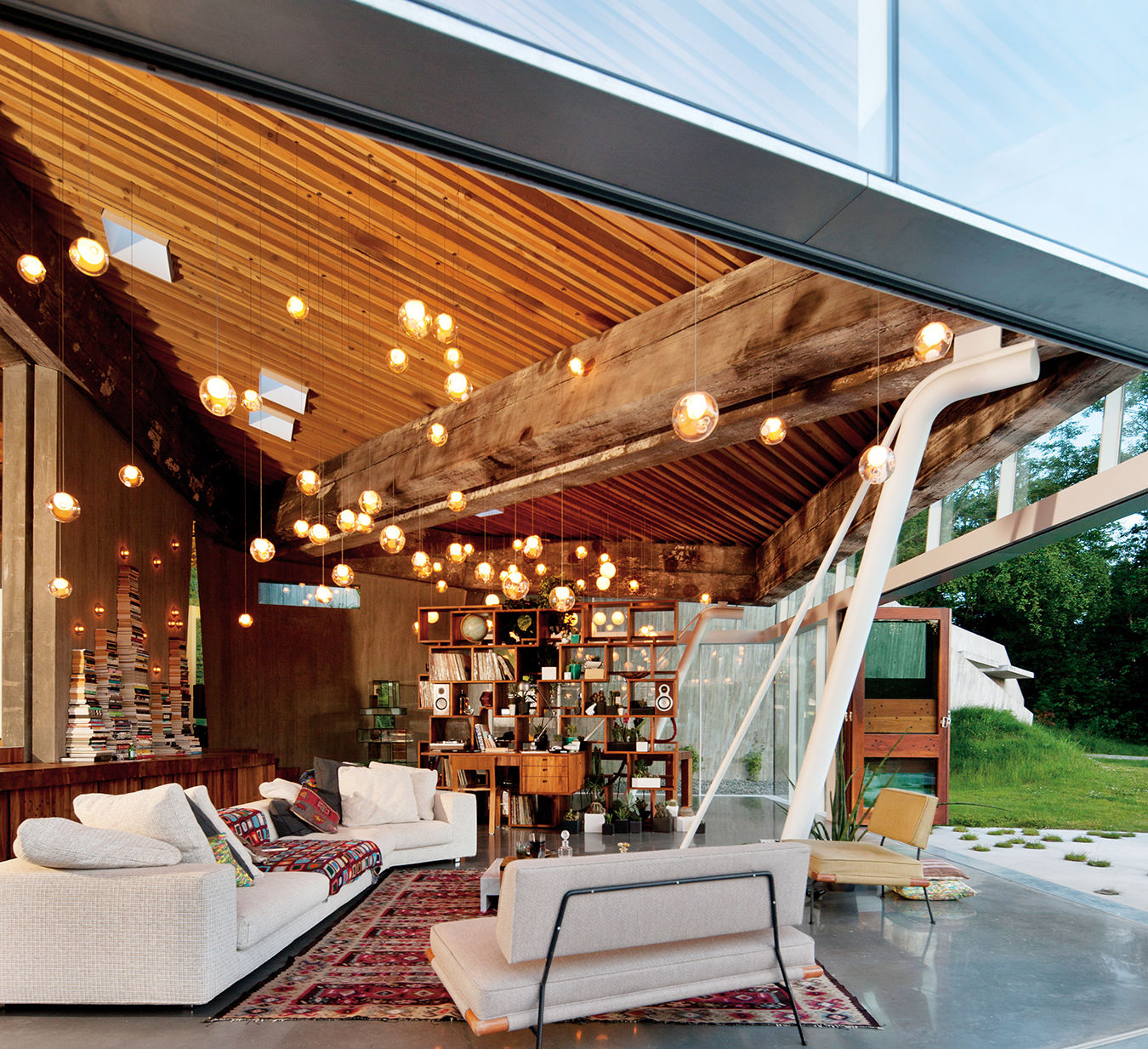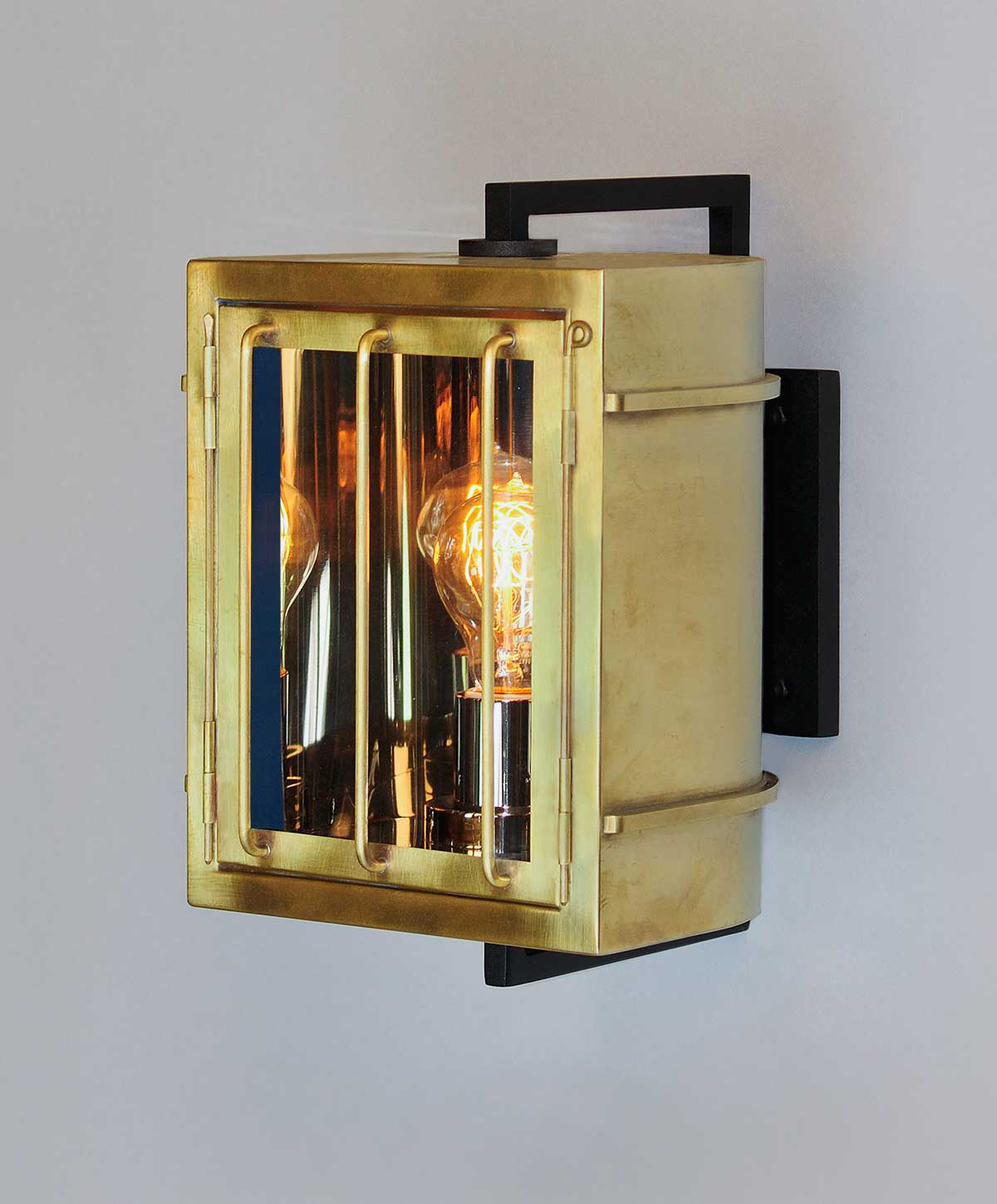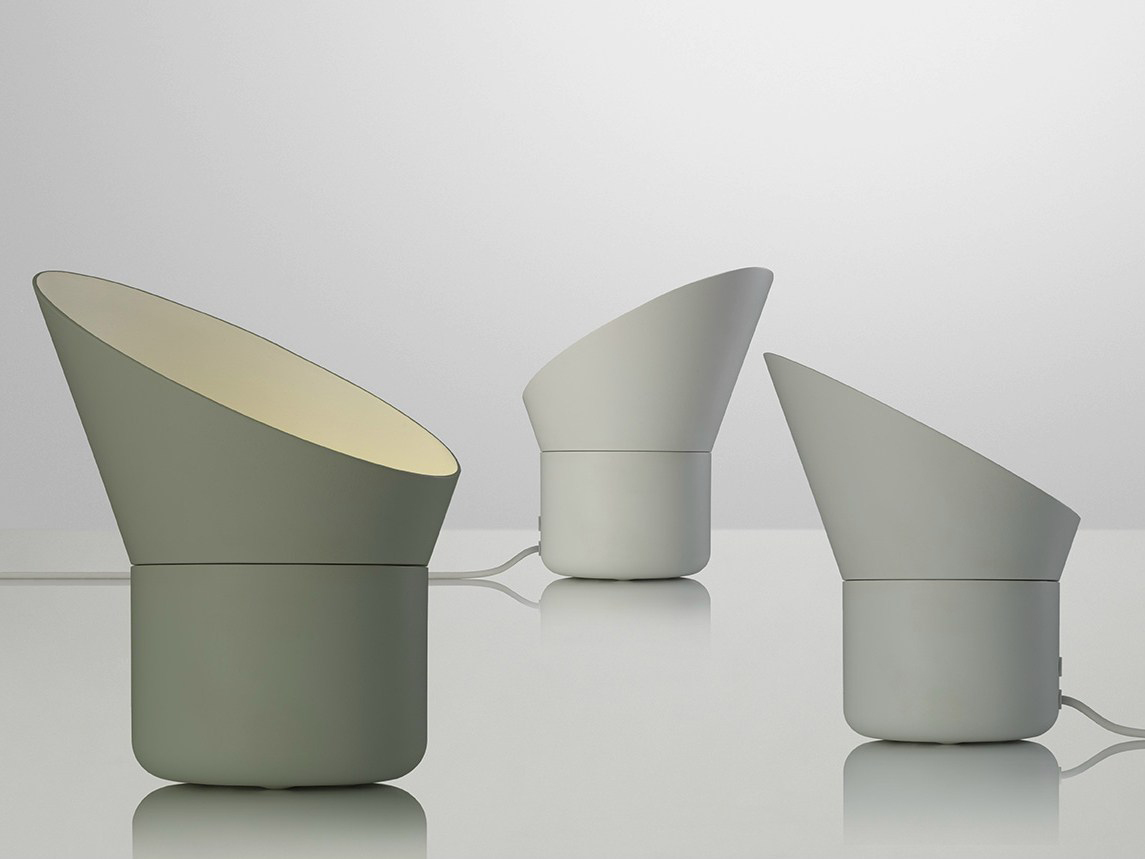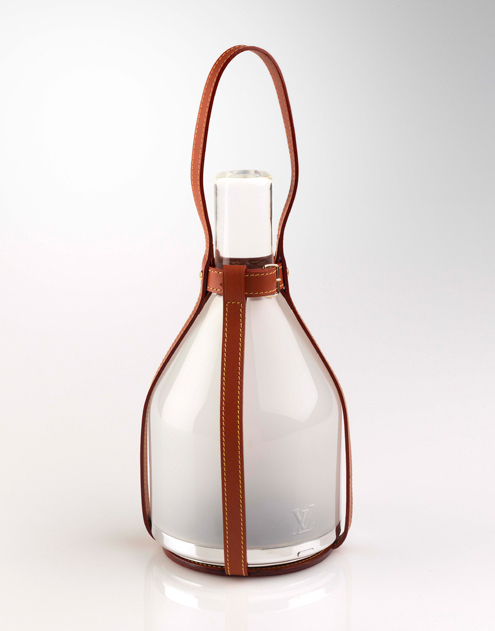Vancouver’s Bocci Celebrates 20 Years of Innovative Lighting Design at Milan Design Week
Here, we explore Bocci's opening event, presenting an exhibition of new works.
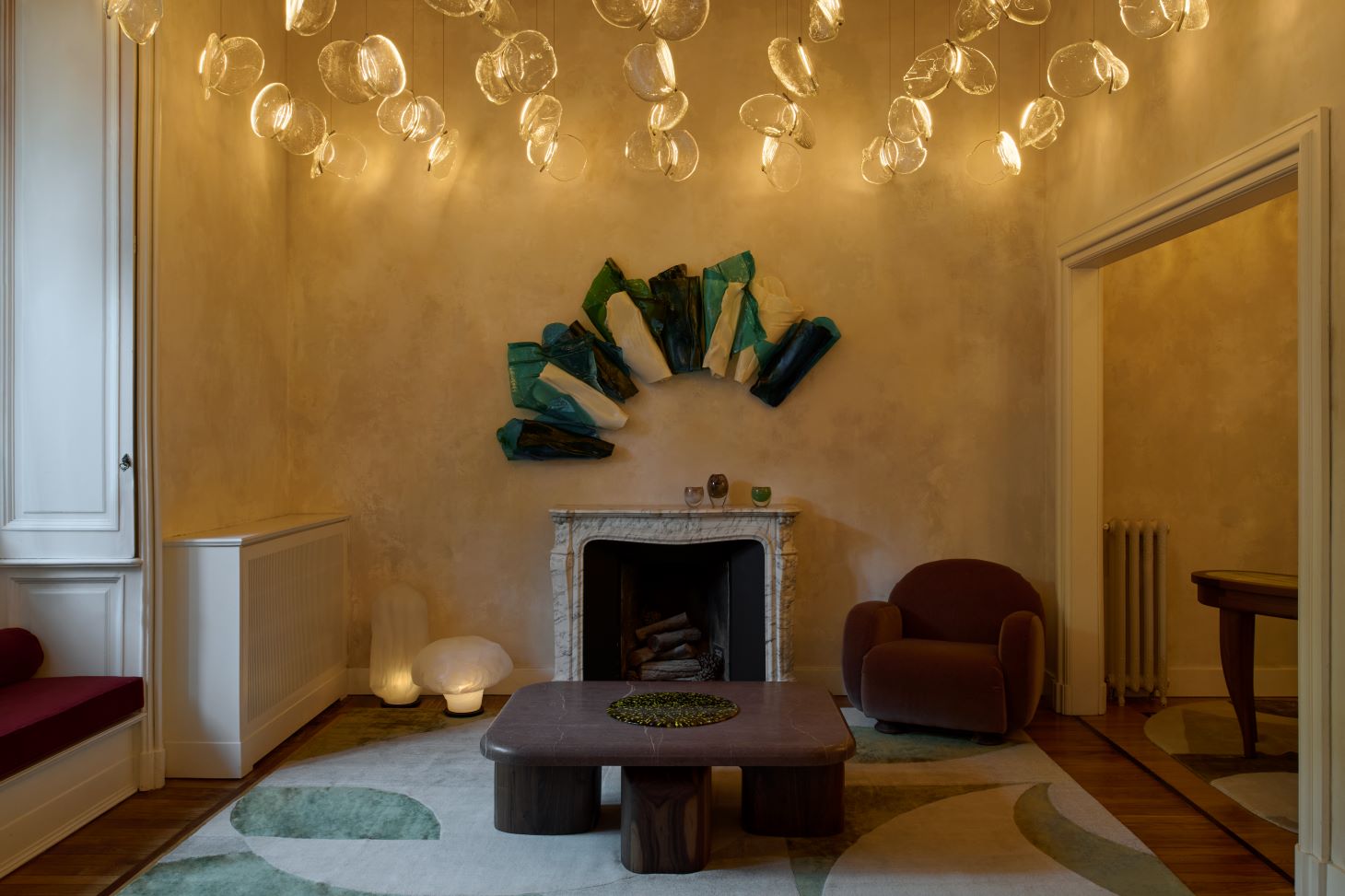
Like visiting your coolest friend’s pied-à-terre in Milan, but better, some of the most intriguing moments at Milan Design Week didn’t happen in exhibition halls but behind closed doors in chic apartments where design wasn’t just shown but also experienced. To celebrate its 20th anniversary, Bocci, the design studio and factory based in Vancouver, opened the doors to its 20th-century apartment in Zona Vincenzo Monti, a leafy residential pocket of Milan that now serves as one of three touchpoints for the brand and the work of its co-founder and polymath, Omer Arbel.
Throughout every room, it was clear this wasn’t just a retrospective. It was a reflection on how far the brand has come and a glimpse of where it’s headed next. Titled The Numbers Between the Numbers and curated by David Alhadeff of The Future Perfect, the exhibition presented an apartment furnished with Bocci’s sculptural lighting, with the work of Calico Wallpaper, Christopher Farr, and Shore Studios integrated into an installation that felt like peering into a supersophisticated life well lived. And at its centre was a debut of a drinks cabinet by Orior crafted from solid wood, clad in hair on hide, and finished with hand-formed bronze pulls—equal parts brutalist and sensual.
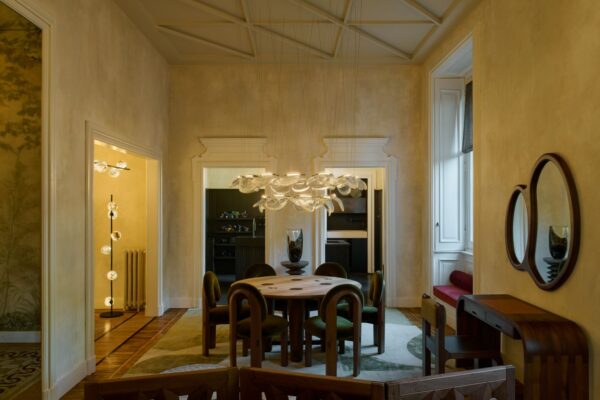
Built on a long-standing relationship between Arbel and Alhadeff, the collaboration drew from Bocci’s catalogue of 147 documented concepts, many of which remain unseen. Seeing the reimagined 14 above the apartment bar—Bocci’s very first piece and Arbel’s 14th discovery, first launched in 2005—was a delightful surprise. The new arrangement gave it an entirely different presence. The geometric shapes felt fresh and more about architectural expression than decoration. It was a shift that felt unexpected, even for Bocci, and for anyone familiar with the original.
Bocci’s work has always existed somewhere between science and sculpture, each piece the result of an ongoing experiment meant to uncover what a material can do. Everything is developed, engineered, and made in-house using open-ended processes that put technique, curiosity, and craftsmanship at the forefront.
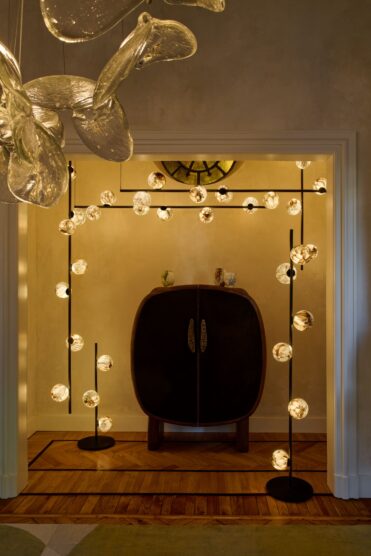
Descending to the lower floor of the apartment, the unexpected and very much appreciated showcase of unseen prototypes, models, and early studies on display offered a rare glimpse into how ideas have taken shape over the past two decades. To see the vulnerability of process not just referenced but laid bare—messy, honest, and deeply thoughtful—is rare to see in a design week that celebrates the final product and is a strong visual reminder that what winds up in production is only one moment in a much longer story.
Shaped by loyalty from the beginning, The Future Perfect was the first gallery to represent Bocci, showing early belief in Arbel’s vision and a commitment that feels even more meaningful today. With that history in mind, the Milan apartment doesn’t just come across as a beautifully curated space. It resonates as a full-circle moment between longtime collaborators.
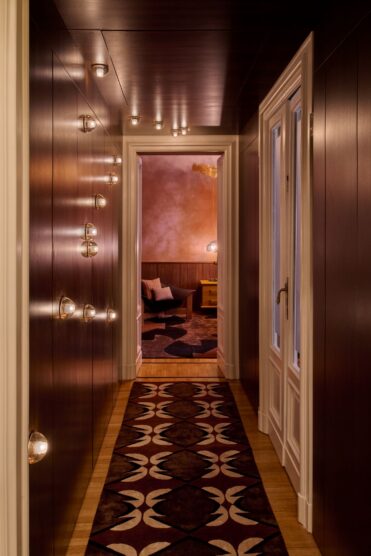

“For two decades, Bocci has been guided by a pursuit of material exploration and the discovery of new processes,” Arbel says. “Collaborating with our long-time partner and friend David Alhadeff marks a natural and pivotal moment in our journey. Working together to share the story of our practice—and to unveil elements previously seen only within the studio—feels deeply meaningful.”
Alhadeff echoes the sentiment. “Since The Future Perfect began collaborating with Bocci, I’ve been deeply inspired by their relentless creativity, innovation, and process. This collaboration, almost two decades in the making, is especially meaningful as it marks the first time an external voice was invited to contribute to their body of work.”
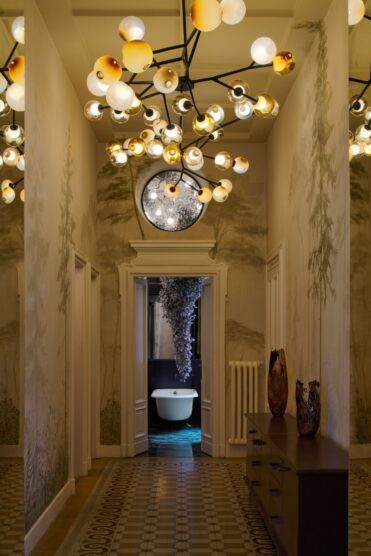
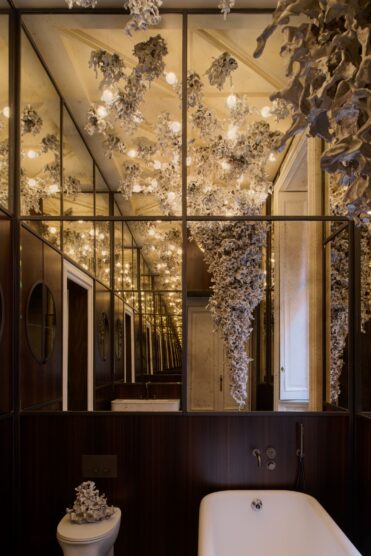
For a Canadian design brand, establishing a permanent presence in Milan—especially one so visually compelling and deeply considered—is a powerful statement. It signals not just longevity but also a confident, global relevance. And as the crowds thin and the city exhales from the design week, the apartment stands as a lasting reminder that connection—this year’s defining Salone theme—is at the heart of Bocci’s design, linking materials, spaces, and people, and allowing each piece to adapt to the way we live.
Following Milan Design Week, the apartment showroom will be permanently open to the public by appointment, with ongoing programming, events, and collaborations. Guests are invited to access the apartment via the garden gate at Via Giuseppe Rovani, 20.
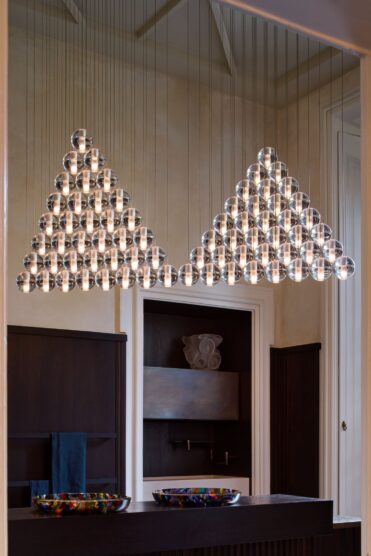
Photographs courtesy of Bocci and Paola Pansini.

